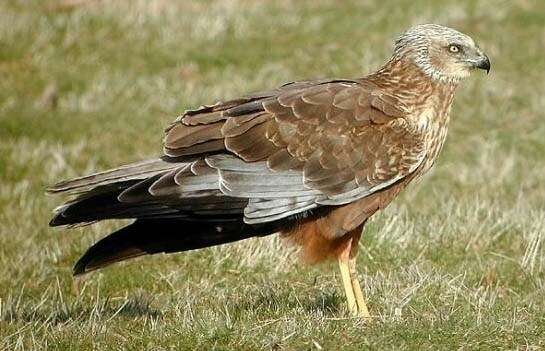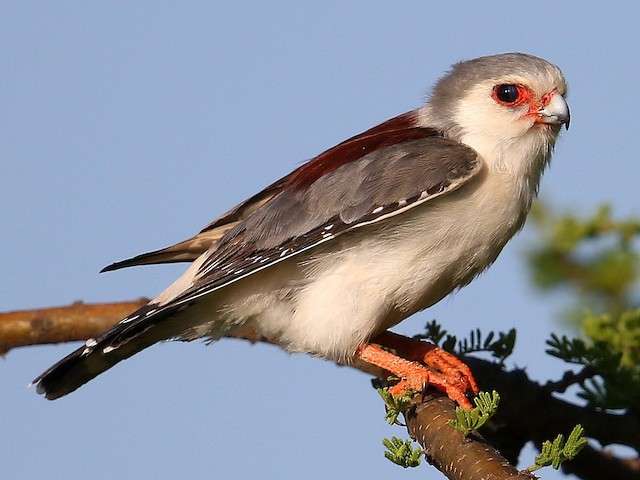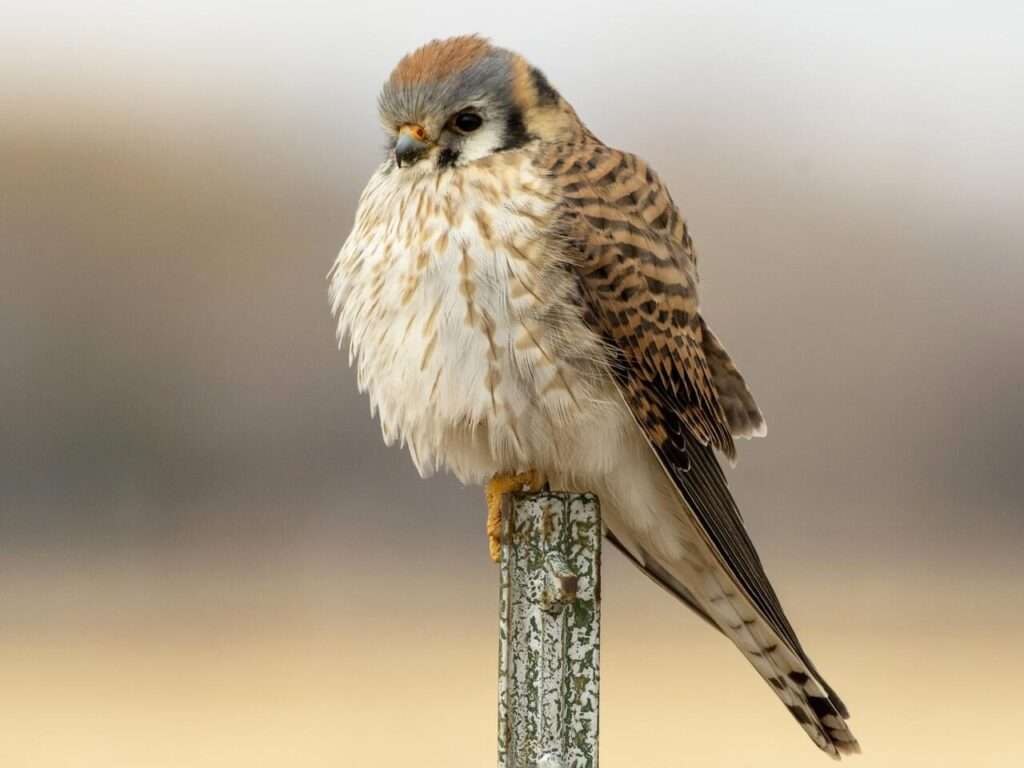
Description
Life span: Up to 6 years
The marsh harrier makes a characteristic V-shape in the air by raising its wings. Females have a body color of chocolate brown and a throat and crown color of golden yellow. Males have long, grey wings with black tips, a brown back, a gingery tummy, a pale head, and a pale neck. Its size and behavior are comparable to those of a Hen Harrier. Due to their all-grey heads and reddish-brown bodies, adult male Marsh Harriers are easily recognized. On the primaries, which are generally grey the rest of the way, large black patches can be observed in flight. Adult females have beige spots on their heads and throats and are dark brown overall. In flight, they virtually all have a brown appearance. Although Marsh Harrier subadults can look different, most of them look like females.
Native Region/Habitat
East Anglia, South East England, the Somerset Levels, parts of North West England, and portions of East Scotland, notably Loch Leven and Loch of Kinnordy, are the native habitats of these birds.

Behavior
The dramatic courtship displays of marsh harriers are well known. The male marsh harrier soars high, turns, and finally plummets to the ground like a smitten lapwing. Other harriers put on a dramatic performance known as “sky dancing,” which is an exciting piece of theater. The culmination of this courtship ritual is the well-known mid-air food pass. The male bird typically maintains his position in the air by hanging his legs and tilting his tail like a kite. The female squeals and flies beneath him before flipping upside down and extending her talons. In order for his potential spouse to take it, the male releases his prey package. This extraordinary behavior is not merely for show. The male harrier makes sure that his lady is in prime condition for egg-laying, which normally starts in late April, by giving her prey.
As a pet/In captivity
These birds could be hazardous. They are predatory by nature and, if threatened, will exhibit a range of aggressive behaviors. They are inappropriate as pets. They are regarded as predators in the wild and have a strong defense instinct.
Table





